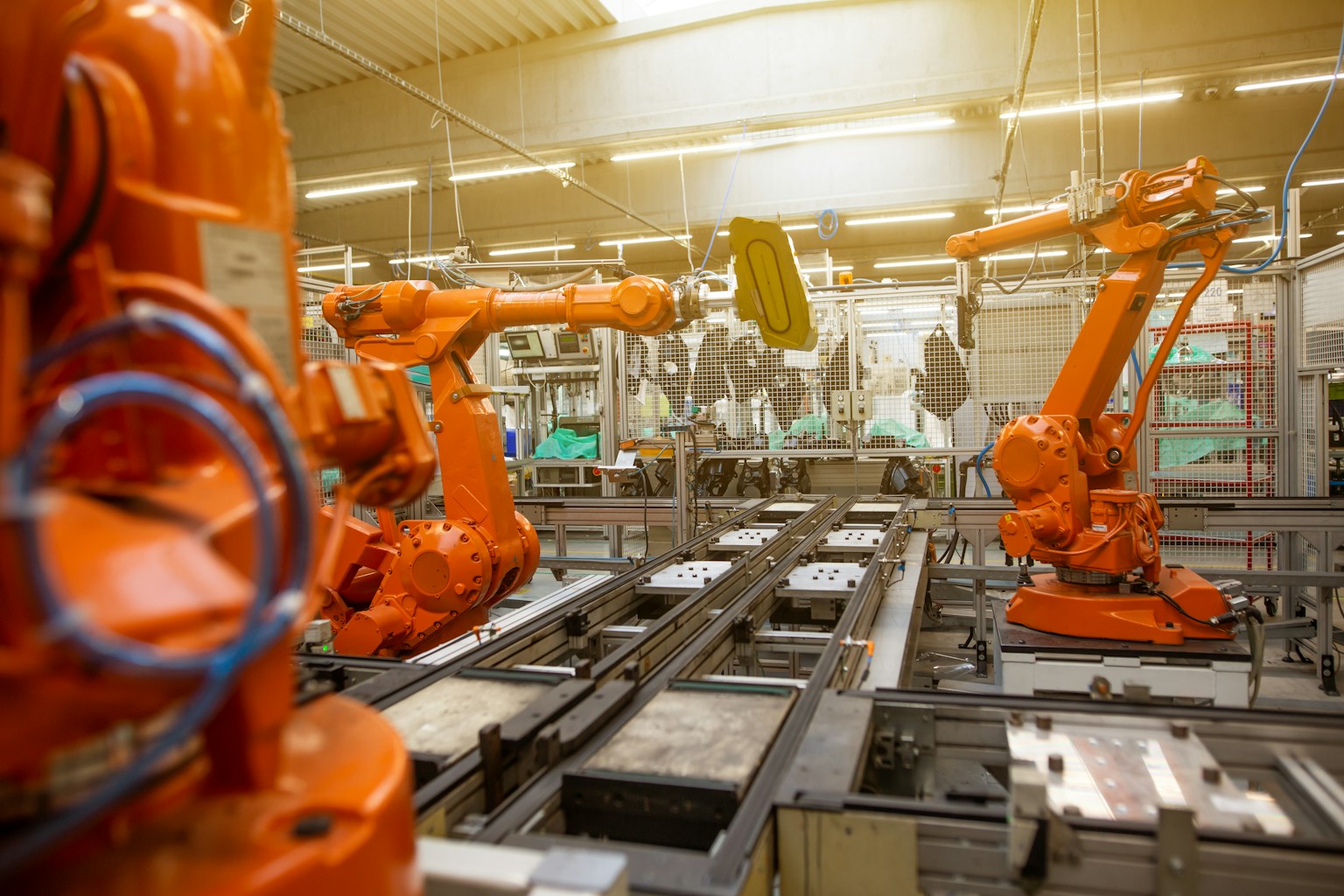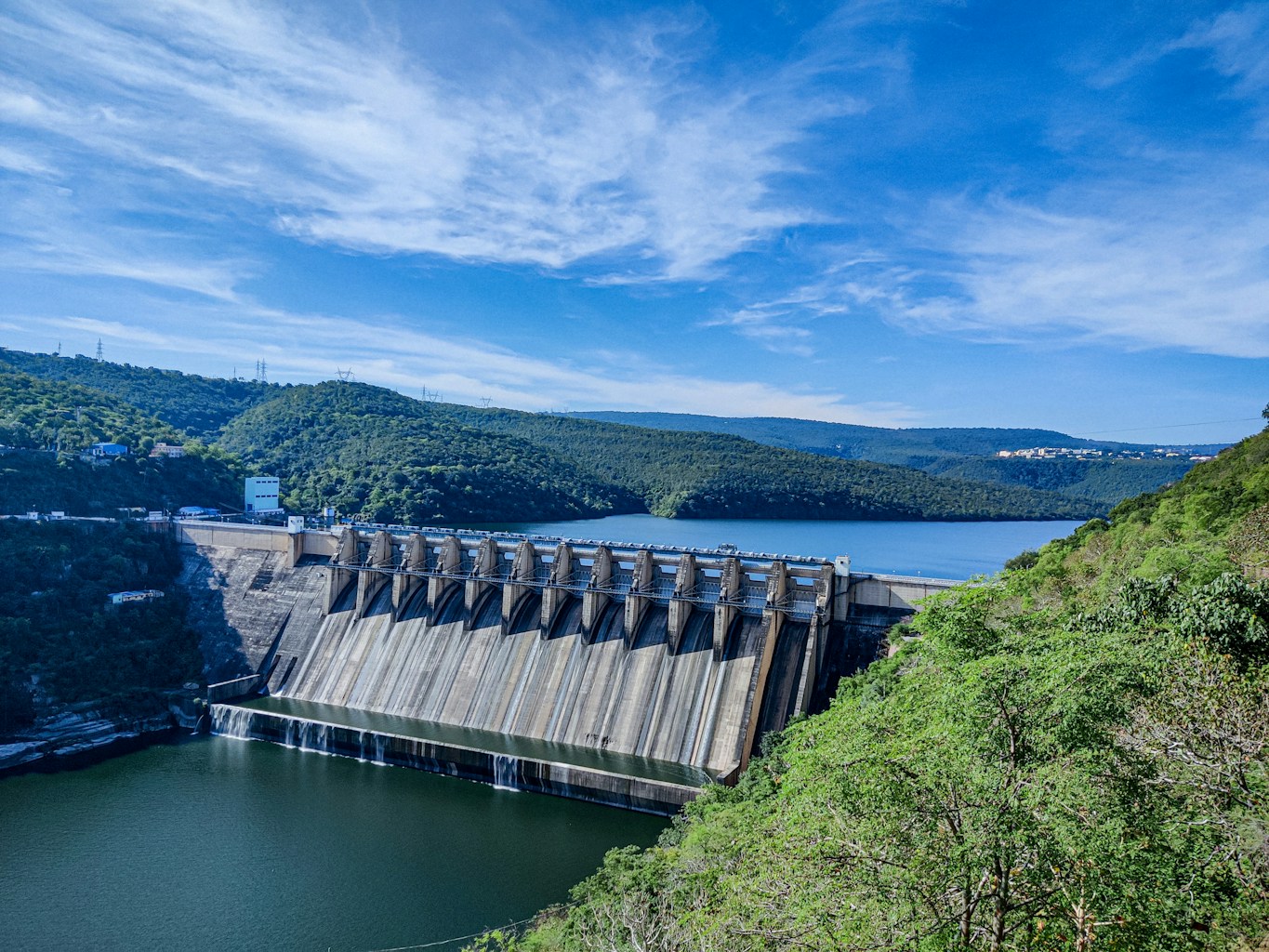Internal linking remains one of the most powerful yet underutilized SEO strategies available to website owners. A well-structured internal linking strategy enhances site navigation, distributes page authority, and helps search engines understand your content hierarchy. But should you implement internal links manually or leverage automation tools? This comprehensive comparison explores both approaches to help you determine the optimal strategy for your website.

The Fundamentals of Internal Linking
Before diving into automation versus manual implementation, it’s important to understand why internal linking matters. According to Backlinko’s research on ranking factors, the number of internal links pointing to a page correlates with its search ranking potential. Internal links serve several critical functions:
- They help search engines discover and crawl your content efficiently
- They establish topical relationships between your pages
- They distribute link equity throughout your site
- They improve user experience by guiding visitors to relevant content
- They reduce bounce rates by encouraging deeper site exploration
Let’s examine both approaches to implementing this crucial SEO element.
Manual Internal Linking: The Traditional Approach
Manual internal linking involves human editors reviewing content and strategically placing links to related articles or important pages.
Advantages of Manual Internal Linking
1. Contextual Relevance
Human editors excel at understanding nuanced content relationships that algorithms might miss. When placing links manually, editors can ensure links appear within the most relevant context, making them more valuable to both users and search engines.
2. Strategic Priority Assignment
Manual linking allows for strategic prioritization based on business goals. As Search Engine Journal notes, you can deliberately funnel link equity to conversion-focused pages or emerging content that needs visibility boosts.
3. Quality Control
With manual linking, editors can ensure appropriate anchor text variation, natural placement, and avoid over-optimization that might trigger search engine penalties.
4. Customized User Journeys
Carefully placed manual links can create intentional user journeys through your content, leading readers through logical progression paths that automated systems might not identify.
Disadvantages of Manual Internal Linking
1. Time and Resource Intensive
For sites with hundreds or thousands of pages, manual linking becomes extraordinarily time-consuming. According to Ahrefs’ content study, top-performing sites often publish 2-4 times per week, making manual internal linking management increasingly challenging as content archives grow.
2. Inconsistency Issues
Human editors may apply inconsistent standards or miss obvious linking opportunities, especially when multiple content creators are involved.
3. Difficult to Scale
As content volume increases, manual linking becomes increasingly unsustainable without significant team resources.
4. Limited Retrospective Implementation
Older content often gets neglected in manual linking strategies, missing opportunities to revitalize valuable historical content.
Automated Internal Linking: The Modern Approach
Automated internal linking uses algorithms and tools to identify and implement linking opportunities based on content relevance, keyword matching, or semantic relationships.
Advantages of Automated Internal Linking
1. Efficiency and Scalability
Automation handles linking across thousands of pages almost instantaneously. Tools like Linkify Pro can process entire site archives, ensuring comprehensive coverage regardless of content volume.
2. Consistency in Application
Automated systems apply the same standards across all content, eliminating the inconsistency issues common with manual approaches.
3. Data-Driven Decision Making
Advanced systems like Linkify use similarity thresholds and semantic analysis to determine genuine content relationships. According to Neil Patel’s internal linking study, semantically related content links perform better than simple keyword matching.
4. Comprehensive Implementation
Automation can process your entire content archive, identifying linking opportunities between old and new content that humans might overlook. This aligns with Google’s guidance on internal linking, which emphasizes making all content accessible through internal links.
5. Time-Saving Analytics
Advanced automation tools provide performance insights on which internal links drive engagement, helping refine your strategy over time.
Disadvantages of Automated Internal Linking
1. Potential Relevance Issues
Even sophisticated algorithms can sometimes create less-than-ideal content connections, potentially linking topics that share keywords but lack true relevance.
2. Risk of Over-Optimization
Without proper configuration, automated systems can over-link certain pages or use identical anchor text repeatedly, potentially triggering search engine penalties.
3. Limited Contextual Understanding
Algorithms don’t fully understand content nuance, potentially missing ideal link placement opportunities that human editors would identify.
4. Configuration Complexity
Setting up automation tools requires initial investment in understanding configuration options like similarity thresholds, linking density limits, and exclusion rules.
Finding the Middle Ground: Hybrid Approaches
Most successful websites today implement a hybrid approach that leverages the strengths of both methodologies.
Effective Hybrid Strategies
1. Automated Baseline with Manual Refinement
Use automation tools to establish a comprehensive baseline of internal links throughout your site, then manually refine the most important pages or strategic content areas.
2. Intent-Based Automation Rules
Configure automation tools with intent-based rules that align with your content strategy. Content Marketing Institute research suggests that intent-matching significantly outperforms simple keyword optimization.
3. Tiered Approach Based on Content Value
Apply manual linking for high-value, conversion-focused content while using automation for informational content and support articles.
4. Periodic Audit and Adjustment
Use automated tools for implementation but conduct regular human audits to refine settings and ensure quality control.
Implementation Best Practices
Whether choosing manual, automated, or hybrid approaches, certain best practices apply across all methodologies:
1. Maintain Natural Link Density
Moz’s internal linking guidelines suggest avoiding excessive linking, recommending approximately 2-5 internal links per 1000 words of content.
2. Use Descriptive Anchor Text
Ensure anchor text clearly indicates what users will find when clicking, avoiding generic phrases like “click here” or “read more.”
3. Prioritize User Experience
Links should add value for users first and search engines second. If a link doesn’t serve readers, it likely isn’t serving your SEO goals either.
4. Create Topic Clusters
Organize content into related topic clusters with pillar content linking to supporting articles, a strategy HubSpot research shows significantly improves search visibility.
5. Monitor Performance
Regularly analyze which internal links drive engagement and conversions, then adjust your strategy based on data rather than assumptions.
Making the Right Choice for Your Website
The optimal approach depends on several factors specific to your situation:
- Content Volume: Sites with large content archives benefit most from automation
- Resource Availability: Limited editorial resources favor automated approaches
- Technical Expertise: Manual approaches require less technical configuration
- Content Complexity: Highly technical or nuanced content may benefit from human oversight
- Business Goals: Conversion-focused sites often benefit from strategic manual linking
For most growing websites, starting with a thoughtfully configured automated system like Linkify Pro and supplementing with manual attention to high-priority pages offers the optimal balance of efficiency and effectiveness.
By leveraging the strengths of both approaches while mitigating their weaknesses, you can build a robust internal linking structure that serves both users and search engines while scaling with your content strategy.



